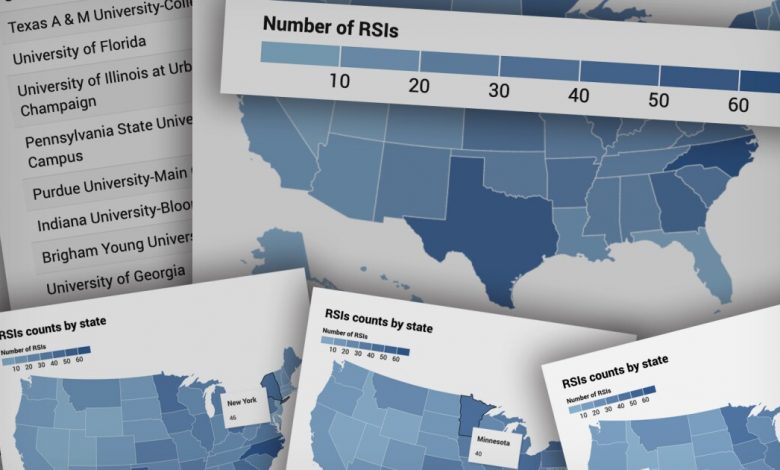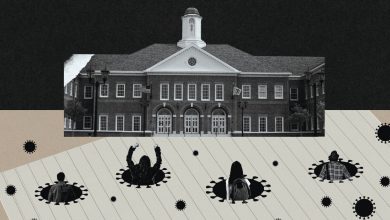Why a Rural-Serving College May Look Different Than You Think

[ad_1]
It used to be easier to tell which colleges served rural communities. Just rewind to the birth of land-grant universities, non-urban campuses that specialized in teaching skills that rural areas needed, like agricultural and technical training.
Researchers have devised a new metric for classifying the colleges.
Fast forward a century and a half, and things are more complicated. College-going students are much more mobile, and some of those same land-grant institutions have since helped urbanize their communities. In short, gauging whether a college serves rural students is more complicated than simply charting its coordinates.
That can impede conversations about how to educate rural parts of the country. A group of researchers has come up with a metric they say provides a helpful scale for classifying whether a campus is rural serving.
The metric, the result of a year of work by the Alliance for Research on Regional Colleges, identifies over 1,000 institutions that can be classified as rural-serving, and which currently educate nearly five million students.
“Without a language to talk about RSIs, without some formal framework identifying who rural-serving institutions are — it’s really hard to do better by them because it makes it hard to find all of them,” said Andrew Koricich, executive director of the group and an associate professor of higher education at Appalachian State University.
Rural serving institutions are often cornerstones of their communities, convening people of diverse backgrounds and hosting cultural events. These colleges are staples across the United States but are easily overlooked because the knee-jerk way to identify them — whether the campus is based in a “rural” area, as opposed to what kind of community it serves — is not sufficient, the researchers say.
That distinction is what brought the group to the research, Koricich said.
“Even if you find a really good ‘rural’ definition, you’re still leaving out these other institutions that are doing that work,” Koricich said. “So, we sort of see it as we’re building a bigger tent. We want to be more inclusive in talking about these institutions than talking about those in a rural place.”
The researchers combined five metrics to classify over 2,500 institutions on a 0-to-4 scale, from less rural serving to more: the percent of the institution’s home-county population classified as rural, the average percent of nearby counties’ population that is classified as rural, the population size of the home county, how far the home county is from a metro area, and the percent of the institution’s total awards conferred in agriculture, natural resources, and parks and recreation. Any institution that scored above the average result on the four-point scale was classified as rural-serving.
The researchers’ report identifies 1,087 such institutions. That number includes 33 percent of all private and 46 percent of all public four-year institutions. It also includes more than half of all public two-year colleges.
Which colleges count as rural serving has important policy implications, Koricich said. “There are pieces that are really important for state-level policy,” he said. “Are these institutions funded fairly and equitably under state funding formulas? Are there state policies that maybe disproportionately impact rural-serving institutions in a way we may not have understood before?”
Among the 1,000-plus institutions in the report, roughly one-third of historically Black colleges and universities are included, as well as 18 percent of high Hispanic-enrolling institutions. The report also includes 93 percent of tribal colleges and universities, and 94 percent of high Native-enrolling (nontribal) institutions.
In public narratives, something being considered rural can result in its being distilled in really simplistic ways, Koricich said.
“I think what this work shows is that there’s really a lot of complexity here,” Koricich said. “There’s gray area, and for some of the data we present and talk about, there isn’t some obviously clear pattern or explanation for some of these. This is where we have to start digging in and learning more.”
[ad_2]
Source link






